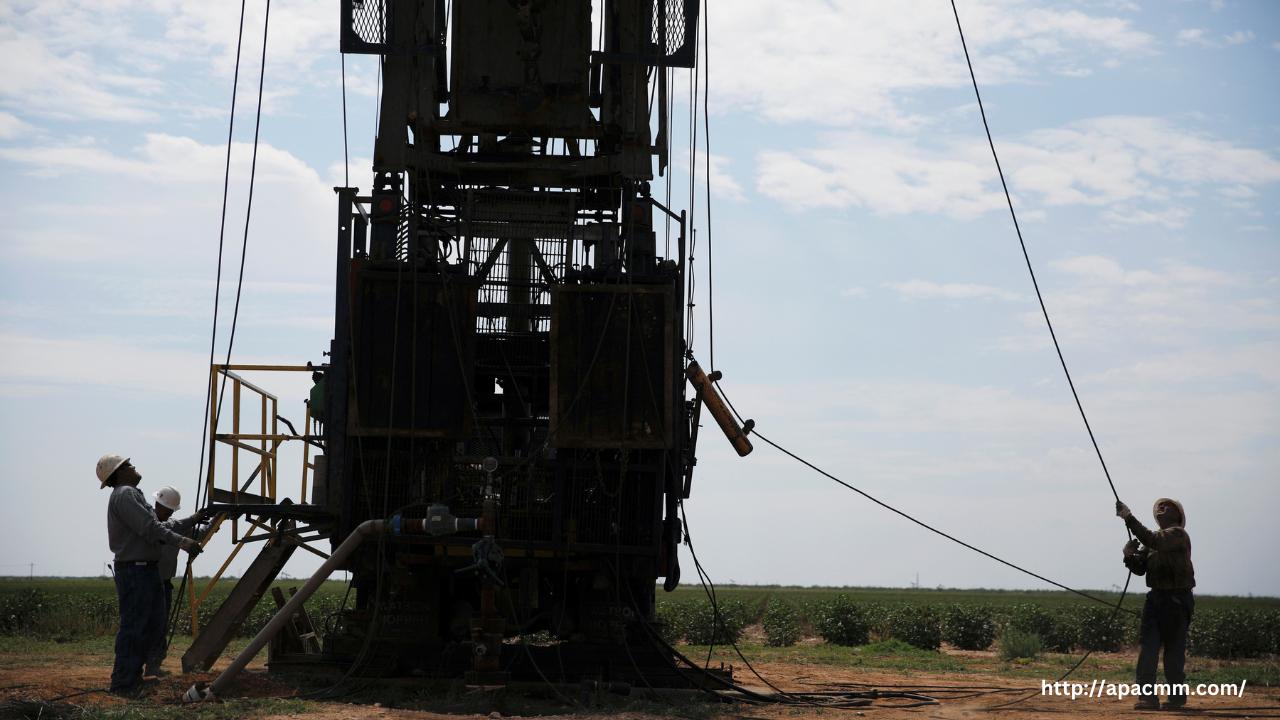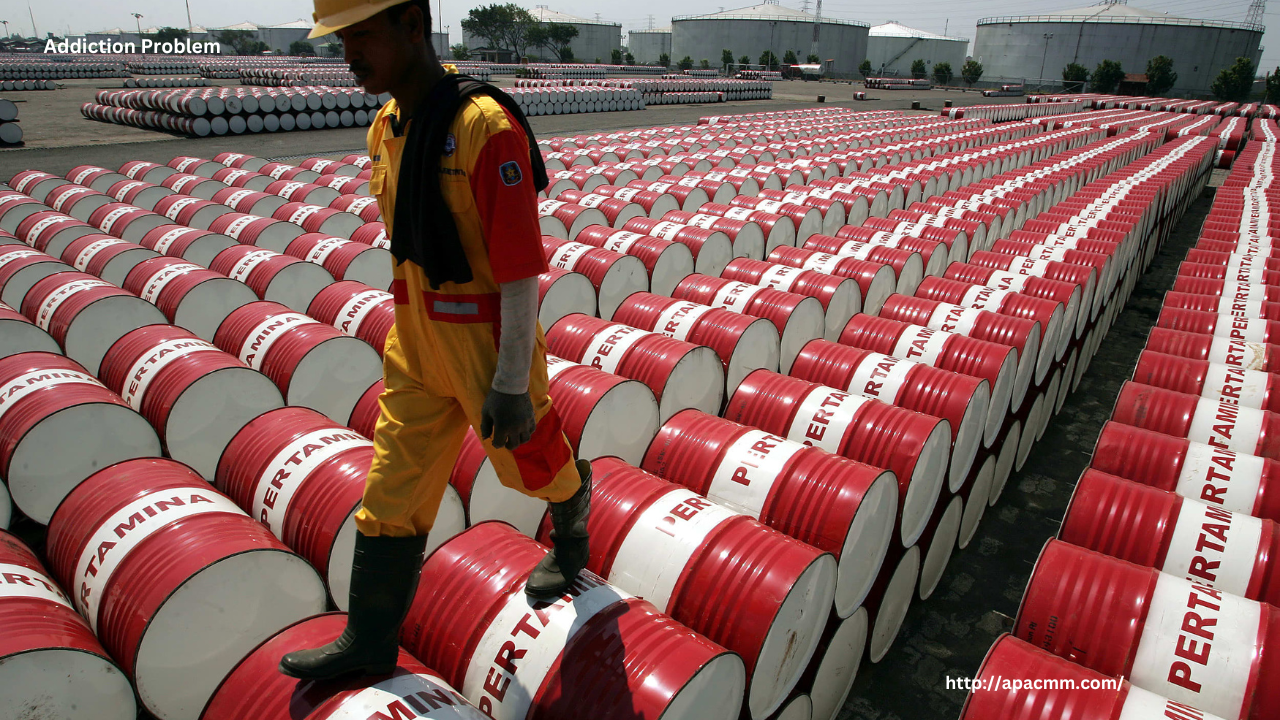 The oil and gas industry is one of the most physically demanding and high-stress fields of work. Long hours, harsh conditions, and isolation from family contribute to an increased risk of substance abuse among oil field workers. Many turn to alcohol, opioids, and other substances as a means of coping with pain, exhaustion, and stress. However, seeking help for addiction remains a challenge due to stigma, lack of access to treatment, and fear of job loss. Addressing this crisis requires a dedicated effort to connect oil field workers with the resources and support they need to recover.
The oil and gas industry is one of the most physically demanding and high-stress fields of work. Long hours, harsh conditions, and isolation from family contribute to an increased risk of substance abuse among oil field workers. Many turn to alcohol, opioids, and other substances as a means of coping with pain, exhaustion, and stress. However, seeking help for addiction remains a challenge due to stigma, lack of access to treatment, and fear of job loss. Addressing this crisis requires a dedicated effort to connect oil field workers with the resources and support they need to recover.
Understanding the Addiction Crisis in the Oil Industry
Oil field workers often work extended shifts in remote locations, sometimes for weeks at a time. This isolation, combined with physically strenuous labor, leads many to rely on substances to manage stress and pain. Prescription painkillers, commonly used to treat work-related injuries, have played a significant role in opioid dependency within the industry. Additionally, alcohol is frequently used as a means of socialization and relaxation, further contributing to substance abuse issues.
Unfortunately, many workers hesitate to seek help due to fear of being stigmatized or losing their jobs. The culture of toughness and resilience in the industry often discourages open conversations about mental health and addiction. As a result, many suffer in silence, leading to worsening health and safety risks on the job.
Overcoming Barriers to Treatment
For oil field workers to get the help they need, the industry must address key barriers to treatment and recovery. These include:
- Workplace Stigma – Employers and coworkers must work to create an environment where seeking help for addiction is not seen as a sign of weakness but as a responsible step toward well-being. Education and awareness campaigns can help change workplace culture and reduce the stigma surrounding substance abuse.
- Limited Access to Treatment – Given that many oil field jobs are located in remote areas, access to rehabilitation centers and mental health professionals is often limited. Companies should consider partnering with healthcare providers to offer on-site counseling, mobile recovery units, or telehealth services.
- Fear of Job Loss – Workers may avoid seeking help due to the fear that admitting to an addiction problem will result in termination. Employers should implement confidential Employee Assistance Programs (EAPs) that allow workers to seek help without fear of retribution.
- Flexible Treatment Options – Many workers cannot afford to take extended time off for inpatient rehab. Offering outpatient programs, weekend therapy, and support groups can provide flexible options that accommodate their demanding schedules.
Creating a Path to Recovery
To ensure oil field workers receive the help they need, companies must take a proactive approach. Implementing mental health initiatives, offering confidential support services, and integrating addiction treatment into workplace health programs can make a significant difference. Workers should be encouraged to prioritize their health without the fear of losing their jobs.
The road from the rig to recovery is not an easy one, but with the right support, oil field workers can overcome addiction and regain control of their lives. By fostering a culture of understanding and accessibility to treatment, the oil and gas industry can take crucial steps toward ensuring a healthier workforce and a safer working environment for all.
